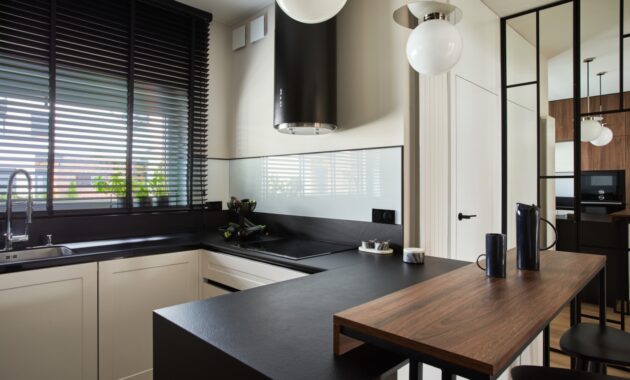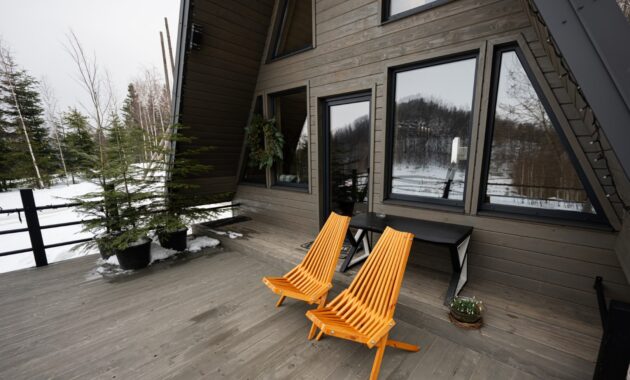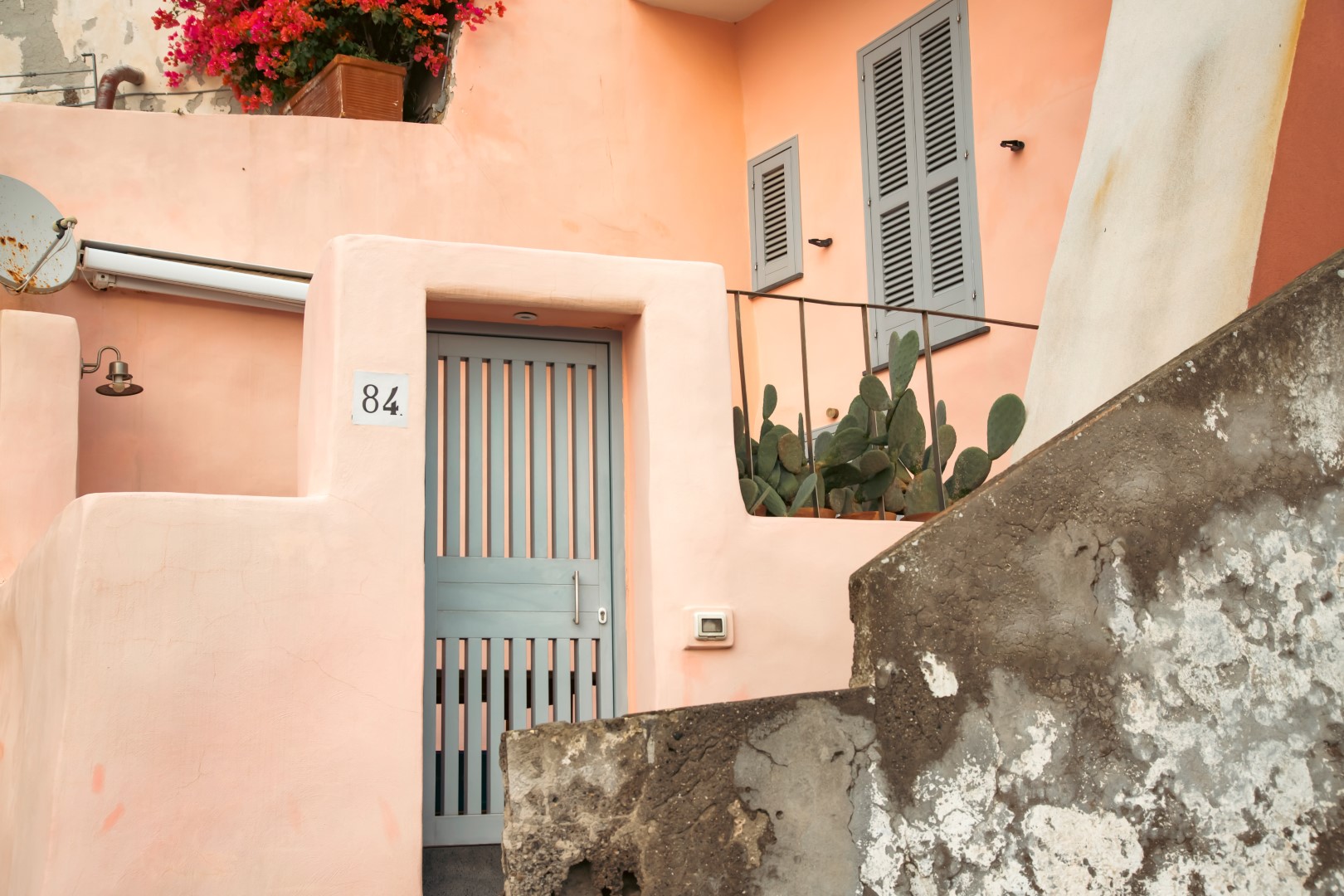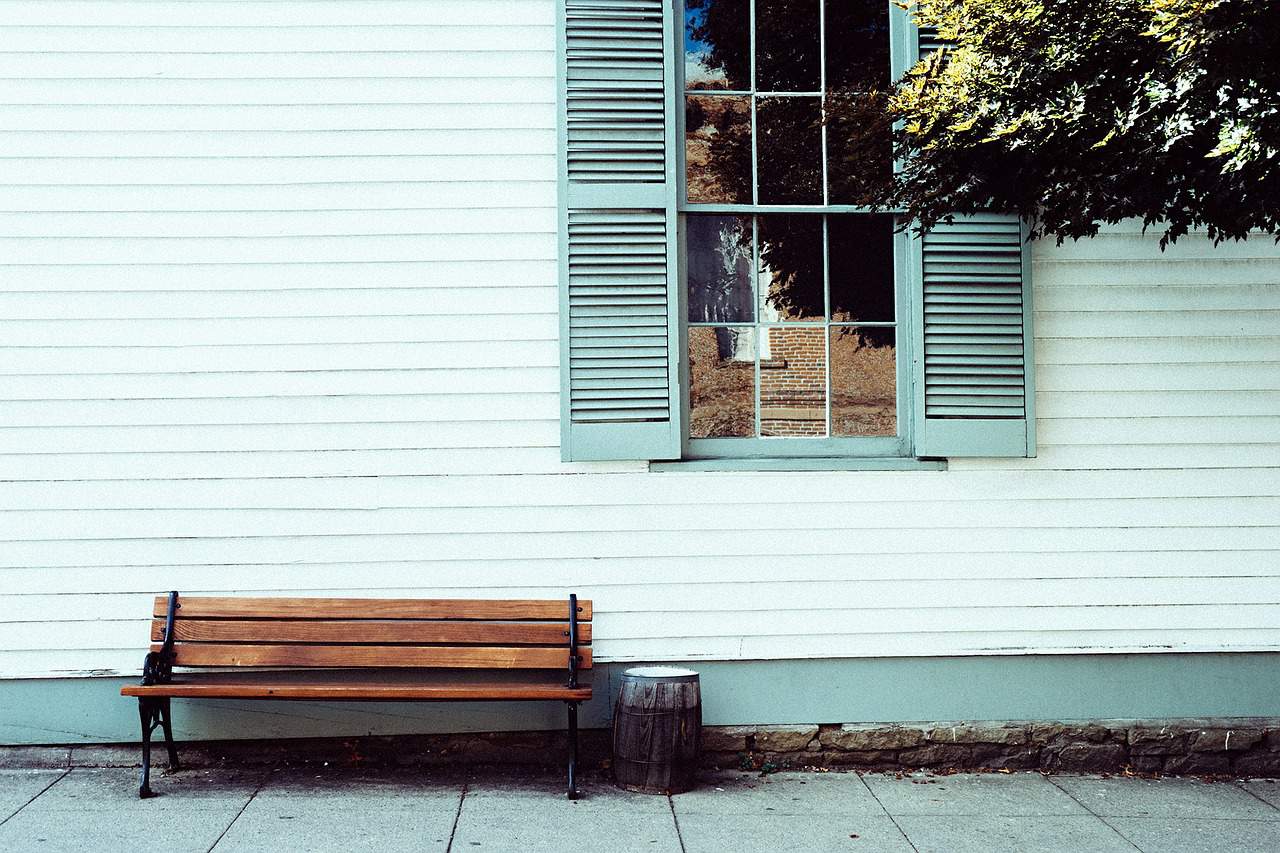Considering a tiny home as your next big move? You’re not alone! This popular trend offers simplicity, energy efficiency, and the opportunity to break free from the traditional housing market. But before you embark on your tiny home journey, here are some important factors you should consider to ensure the best fit for your lifestyle.
Layout
The layout of any house is a critical factor to consider due to the limited space available. An efficient layout of tiny homes ensures you can accommodate your daily routines and hobbies without feeling cramped. It’s not just about fitting your possessions – it’s about creating a space that feels open, comfortable, and homely. The location of windows and doors, the flow from one area to another, and storage solutions all contribute to the overall feel of the space.

A well-planned layout can help maximize natural light, create a sense of spaciousness, and enhance livability. It can also help maintain your home’s resale value. So, when choosing or designing your tiny home, pay careful attention to the layout to ensure it aligns with your lifestyle and comfort needs.
Budget
When it comes to purchasing or constructing a tiny home, understanding your budget is crucial. A budget helps you manage your expectations and guides you in making economical choices. Knowing your budget in advance prevents overspending and keeps you focused on finding a home or materials that are within your means. It’s also worth remembering that the cost of a tiny home extends beyond the initial purchase or construction.
There are additional costs such as land, utilities, insurance, and maintenance to consider. Plus, tiny homes often call for specialized appliances and furniture scaled to fit the space, which can come at a premium. Having a comprehensive budget in place will enable you to truly enjoy the freedom and simplicity of tiny home living, without the stress of unforeseen expenses. So, planning your budget is an essential first step in your tiny home journey.
Materials
There are various popular materials involving small housing. Here are some popular picks:
- Wood
- Steel
- Metal
- Concrete
- Fiberglass
- Insulation materials
- Windows and doors
- Roofing materials
- Interior finishes
- Flooring
- Sustainable and recycled materials
- Composites and engineered materials
Choosing the right materials for your tiny home is paramount in terms of durability, energy efficiency, and overall aesthetic appeal. High-quality materials ensure longevity and lower maintenance costs, boosting the home’s resale value. Energy-efficient materials help cut down utility bills and promote a sustainable lifestyle. Moreover, the choice of materials significantly influences the look and feel of your home, contributing to its character and charm. Therefore, consider your material options carefully when buying or building your tiny home.
Location
Location is essential for many reasons. For one, the site’s climate and weather patterns will influence your home’s design and construction materials. For example, certain regions may require more robust insulation or specific types of roofing. Secondly, zoning laws vary, and not all areas permit tiny homes. It’s crucial to research this before purchase or construction to avoid legal issues.
Thirdly, the availability of utilities and amenities such as water, electricity, internet, healthcare, and shopping is vital for convenience and comfortable living. Lastly, the location should align with your lifestyle preferences – be it a tranquil countryside, a bustling city, or a friendly neighborhood. Therefore, a well-chosen location enhances your overall tiny home experience.
Zoning Laws
Zoning laws dictate what kind of dwellings can be built or placed on a parcel of land. Ignoring these codes can lead to legal complications and hefty fines. Some areas may not permit tiny homes at all, while others may have specific requirements regarding size, foundation type, or utilities. Even if you plan to travel with your tiny home, you need to be aware of local regulations where you park. Therefore, researching and understanding local zoning laws is an essential step to ensure your tiny home dream doesn’t turn into a legal nightmare.
Infrastructure
Your home’s location determines its access to essential services like water, electricity, gas, internet, and sewage systems. In remote areas, these services may be scarce or non-existent, meaning you may need to install septic tanks, solar panels, or water wells. The quality of roads leading to your home is another element of infrastructure that impacts your ability to transport construction materials or a pre-built home.
Access to healthcare, grocery stores, and other amenities also falls under infrastructure considerations, affecting your comfort and convenience. Therefore, understanding the available infrastructure helps ensure that your tiny home is functional, accessible, and enjoyable to live in.

In conclusion, your journey to tiny home living involves thoughtful consideration of layout, budget, materials, location, zoning laws, and infrastructure. By carefully evaluating these factors, you’re on the right path to creating a home that’s not only economical and environmentally friendly but tailored perfectly to your unique lifestyle. Happy tiny home planning!
Discover more from Futurist Architecture
Subscribe to get the latest posts sent to your email.



